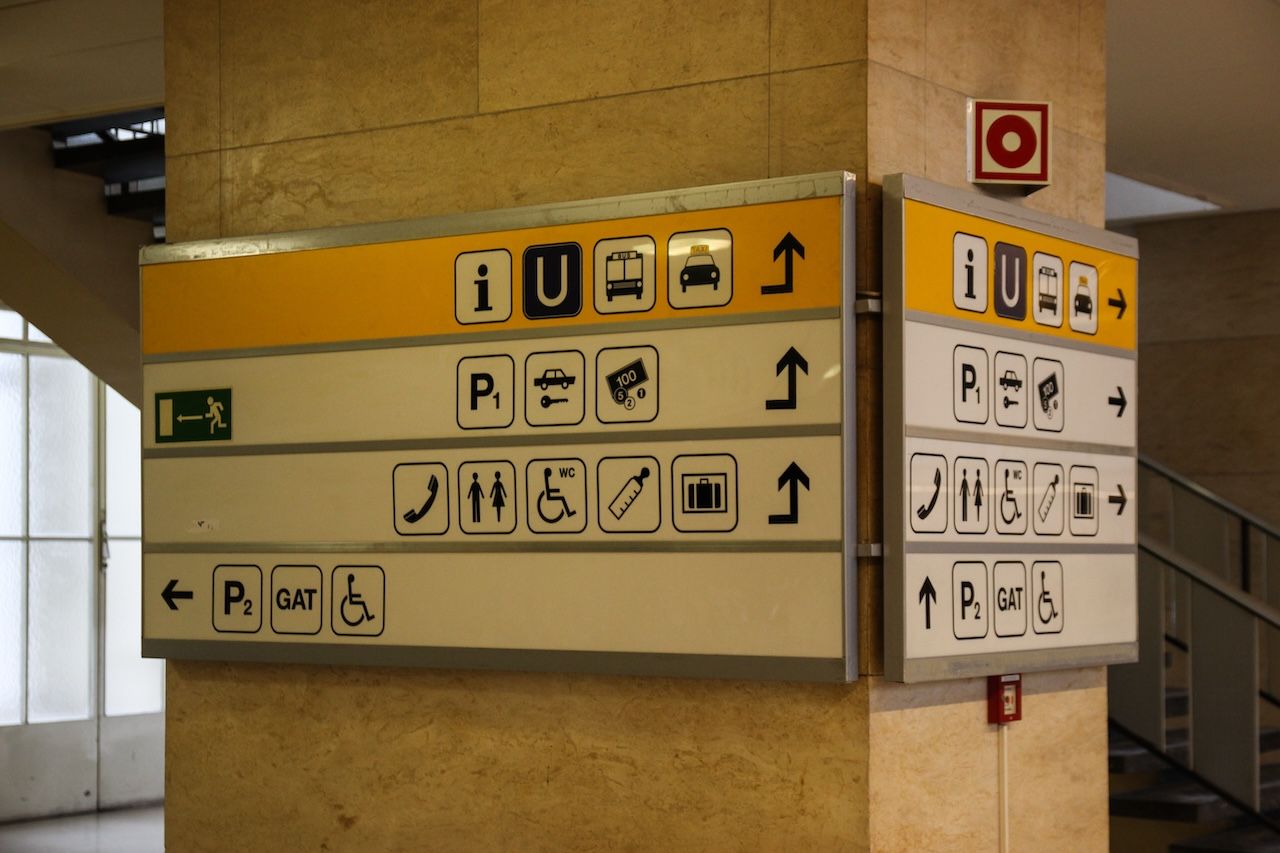Here’s the thing: I always thought, that if I could have my time over again, I’d love to be better at maths. Now, that might not sound like the most exciting desire, but hear me out.
I was terrible at maths as a kid. Frankly, I was terrified of maths. It was always daunting, unnerving and, so far I was concerned, pointless. As a result, for my entire life I have struggled to make sense of numbers. And therefore, moreover, I have never benefitted from understanding the role of mathematics in my daily life, or, indeed, in all aspects of life.
Numbers are everywhere. Numbers can explain everything. Numbers are a language. Mathematics is a dialogue. All of this, I have missed out on.
Hence the idea of this head-jangling post:
The Semiotic Significance of Everyday Life: By someone who was never good at maths.
Scholarly peeps have long recognised the importance of mathematics in understanding and analysing various aspects of our daily lives. The application of mathematical principles has provided valuable insights into fields such as economics, physics, and psychology. That’s undeniable, right?
So what? I hear you say: “You’re a lateral thinker, other people are linear thinkers, deal with it”. And they’d be right to a great extent. But I’m not giving in that easily.
So, hot on the heels of my attempt to apply Baudrillardian thinking to the war in Ukraine, I decided to investigate whether semiotics, the study of signs and symbols, can also offer a similar lens through which we can comprehend and interpret our everyday lives.
As you do.
So, what exactly are the core principles of semiotics? Do these have any practical (or conceptual) relationship with mathematics, and can I establish in any meaningful way, the extent to which semiotics enhances my (our) understanding of daily experiences?
Maybe, in doing so, I can start to feel better that my mathematical ignorance isn’t so devastating after all, and that my way of seeing the world (through signs, symbols and signifieds) is every bit as useful in mapping realities as maths is.

Let’s start by getting our heads around semiotics.
After all, the building blocks of semiotics must be the elements we use to manufacture our own understanding of the world, right? Let’s put it this way, maths has numbers, semiotics has structures, that facilitate our ability to align and create degrees of comprehension.
What the heck is semiotics, anyway?
The textbook definition of semiotics describes it as is “an interdisciplinary field that explores the production, interpretation, and meaning-making processes of signs and symbols. It encompasses three fundamental elements: the signifier, the signified, and the referent.”
More on that later.
Semiotics emerged from the field of linguistics, particularly in the work of a certain Ferdinand de Saussure. Now, old Ferdinand was a structuralist kind of a guy who’s approach to the field emphasised the relationship between what he called “signifiers” (words or symbols) and “signifieds” (conceptual meanings).
However, inevitably, semiotics extends beyond mere language insofar as we are able to use it to analyse various “sign systems” present in society, including visual signs, cultural symbols, and even non-human communication.
The field of semiotics can quickly become deep and complicated (a bit like maths) so let’s just outline a simple example of the above, and attempt to avoid over-complication, shall we?
Let’s take a thing... an object. And use it to describe semiotics in a nutshell.

Let’s use “a Rose”.
Wikipedia tells me that a rose is either a “woody perennial flowering plant of the genus Rosa, in the family Rosaceae, or the flower it bears [and that] there are over three hundred species and tens of thousands of cultivars."
We all know what a rose is, in our own contexts. But beyond the physical reality of a rose, there are a host meanings, understandings and interpretations that extend from it - and this is where Ferdie’s theories come into play.
It’s a bit like showing your workings-out in maths, knowing the answer is only the tip of the iceberg, right? But why is the answer what it is? That's actually quite important.
So, a rose is a physical thing. Simple.
Beyond that, “a rose” conveys meanings, emotions and feelings. And these meanings can be "signified" in any number of physical and metaphorical instances.
A big, glossy red rose balloon will likely infer love and passion, for example. In this example, the ballon is Saussure’s “signifier”, and the emotions or interpreted meanings are his “signifieds”.
The "sign" is the relationship between the object, the signifier and the signified.
Of course, different signifiers create any number of signifieds (especially across cultures), which can be broken down simply into connotation (feelings, ideas and cultural meanings associated with an object) and denotation (the literal meaning of a word in contrast to any connotations). Hence our little rose, as a thing, as an object is denotatively a rose, but connotatively it can convey emotions, feelings and meanings.
Understanding this network of meanings allows us to make sense of the way we communicate, interact, grow, expand, contract or develop as both individuals and wider societies.
The "language of mathematics" describes denotative forms. The "language of semiotics" describes the nature of culture.
I'm quite proud of that line, hence the pull quote :)
All well and good, I hear you say. But where does that leave maths? Is this a question of never the twain shall meet?
I don’t think so, at all. One way in which semiotics intersects with mathematics is through the application of logic.
Remember being at school and being told by the maths teacher to apply “logic” to any equation? I certainly do.

But what if you don’t understand the core logic?
For me, semiotics is awesome in that the symbolic logic it provides gives us a formal system for analysing the relationships between signs, enabling us to assess the validity and coherence of systems of communication (or, what Ferdinand would call “signification processes”.)
Breaking down sign systems can help us interpret and describe the world around us more meaningfully. Here’s a couple of brief, functional examples (there are many) that show how semiotics and mathematics share certain characteristics.
Probability and Semiotics.
Let’s take Probability Theory, most definitely a branch of mathematics. This theory is broadly used to analyse the likelihood of certain things happening. In a nutshell.
In essence, it provides a system of logic against which outcomes (probability) can be measured. Correspondingly, for us lateral thinkers, analysing signifying systems or interpretations helps us to assess the probability of different meanings and the potential impact of varying interpretations in everyday life.

Geometry and Semiotics.
I don't wish to go off on a tangent here, but geometry offers a mathematicians a framework for understanding spatial relationships and their semiotic significance.
It also helps people like you and I build Ikea furniture!
So, I think it’s fair to say that “spatial configurations”, such as the layout of a city or the arrangement of objects in a room, can convey meanings and thus influence our daily experiences. Feng Shui, perhaps?

Advertising and Consumer Culture.
I can't help it, I'm an advertiser at heart.
It’s probably less surprising to me that semiotics plays a crucial role in advertising, where signs and symbols are strategically employed to influence consumer behaviour. By analysing the signifiers, signifieds, and referents in advertising, semiotics provides a system to help us shed light on the persuasive power of visual (and linguistic) signs in shaping our daily choices.

Cultural and Social Semiotics.
But why do we do what we do?
Why do people in different cultures do things differently? Semiotics can be used as a tool for understanding cultural practices, rituals, and social interactions. By examining cultural symbols, codes, and their impact on everyday life, semiotics helps us decipher the underlying meanings and significance of various social phenomena.

Semiotics in the environment.
Take a look around you.
The arrangement of buildings and urban spaces communicates meaning and influences our daily experiences. We gain a “sense” of a place through the language of buildings and the enviroment. Applying semiotic analysis to architectural structures and urban layouts allows us to “decode” (not to be confused with: “make assumptions”) the messages conveyed by the built environment and understand their impact on our lives.

It’s not all good though, like any field of study, semiotics has its limitations, which sadly indicate another reason why I wished I had been better at maths!
Semiotics, like any interpretive discipline, is susceptible to subjective interpretations. Inevitably, I suppose.
Ain't that the way?
As I think I mentioned above, the meaning of signs can vary depending on cultural, historical, and individual contexts, making it challenging to arrive at universally agreed-upon interpretations.
Furthermore, you could argue that semiotics oversimplifies complex phenomena by reducing them to mere “signs” and “symbols”. Almost like a form of gears or "self-braking" that restricts our ability to make sense of things and understand.
I think semiotics does provide valuable insights, but would suggest that it alone cannot capture the full richness and complexity of human experiences.
We started off talking about maths, didn’t we?
We certainly did. The thing is, while semiotics can benefit from mathematical principles, it is essential for us to remember that mathematics alone cannot fully encompass the varied nature of semiotic analysis.
Maths provides a useful framework to understanding the benefits of semiotics, but it can’t seen as the sole “lens” through which semiotics operates.
While maths is an undeniably powerful tool in understanding various aspects of our daily lives, semiotics offers a flexible, complementary approach through the application of signs and symbols.
By applying mathematical principles like symbolic logic, probability theory, and geometry, semiotics can give us additional analytical depth and precision to our thoughts and rationales.
Semiotics provides valuable insights into the signifying processes at play in everyday life, ranging from advertising and consumer culture to architecture and social interactions.
Insights that I personally find playful and delicious.
At the end of the day though, it is essential to acknowledge the limitations and potential “reductionism” inherent in semiotics. But I think we can all agree that the combination of mathematics and semiotics can only enhance our understanding of the complex web of signs and symbols that shape our daily experiences.
And I'm up for all that.






